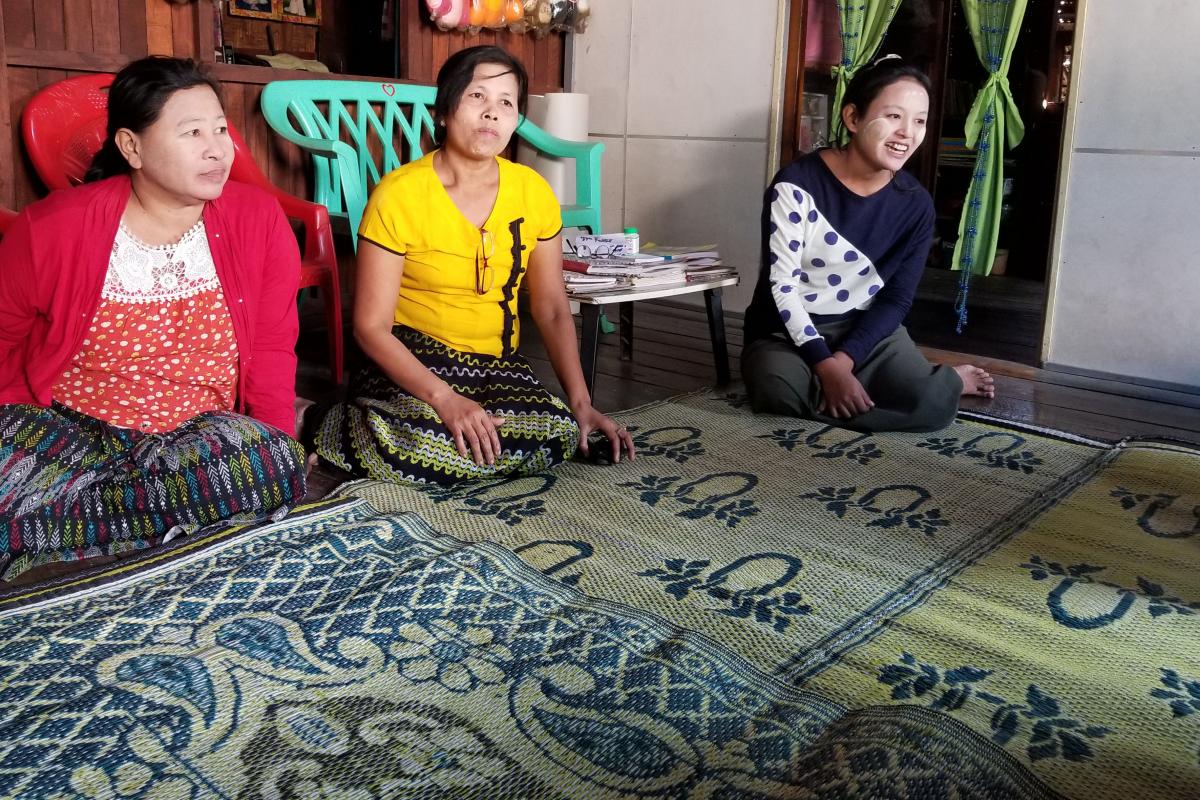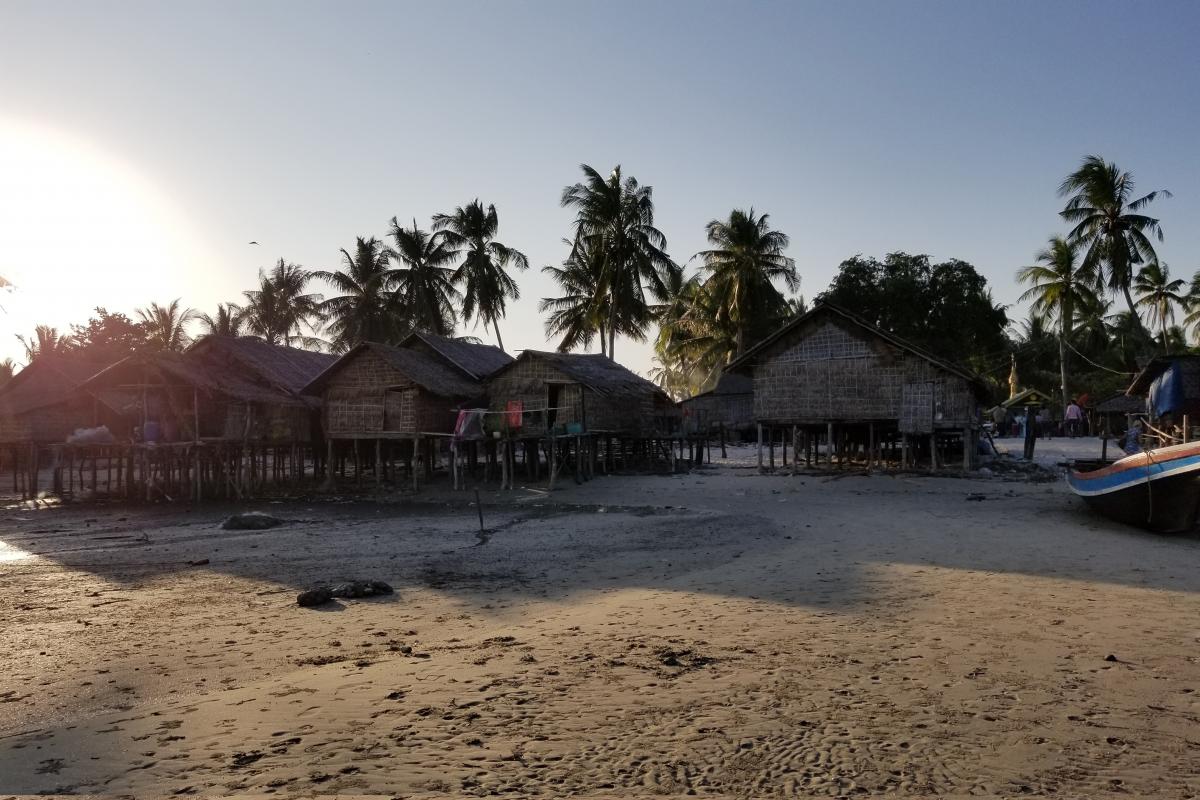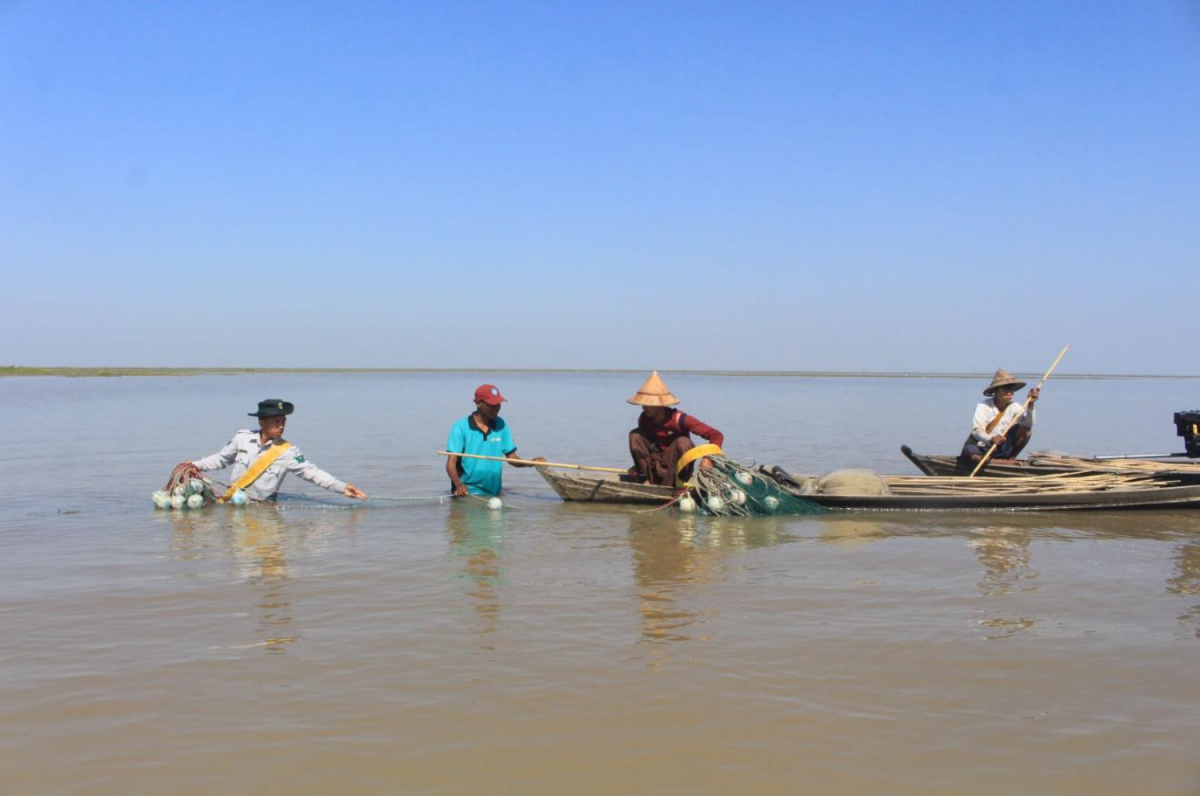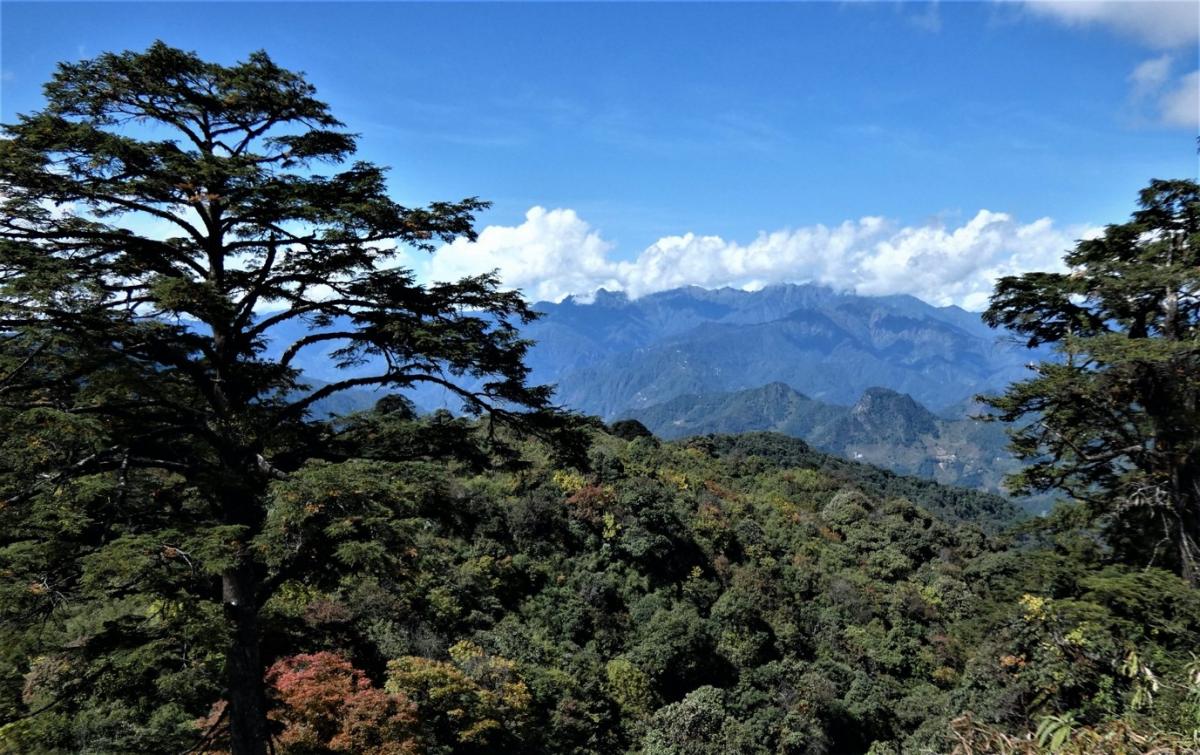Where the heart is: Myanmar’s village conservation committees give people reason to stay
For those who live along the coast of the Pyinbugyi Islands at the mouth of Southeastern Myanmar’s Tevoy River, fishing has always been a way of life. Unfortunately, of late, commercial offshore fishing has meant that many locals aren’t able to fill their nets as they used to. Rice farming, which is also a source of livelihood, has also become challenging, as the clearing of mangroves has made the soil acidic and unsuitable for agriculture.
According to the women who collect clams and mud crabs for subsistence, crustacean populations are also in decline. “Ten years ago the mud crabs were double the size of the ones I collect now,” said San Mu, a local crab-catcher. “We release any pregnant crabs we find, but many people still take the small juveniles. We need to come together and agree on regulations to better manage our natural resources.”
Limited opportunities to earn a living have been driving away young people, along with their creativity and innovation, with many of them heading to neighbouring countries to find work.
“We all want to stay here with our families,” says 15-year old Kyi Htay, “but there are no opportunities for young people.”
The rapid resource and livelihood loss has also diminished people’s sense of belonging to the islands, and therefore their sense of ownership and interest in protecting the environment.
Through its Small Grant Facility, IUCN and UNDP's Mangroves for the Future (MFF) Programme supported two projects in Pyinbugyi to improve the coordination of community activities. Both projects helped to form Village Environmental Conservation Committees (VECCs), and provided training in the establishment and management of Community-Based Organisations. They also built the technical capacity of VECC members to map local natural resources and develop action plans to improve the environment and sustainably manage their resources.
 Win Sein Naing from MSN (second from right) facilitates a discussion with VECC Members and MFF staff
Photo: © Hélène Marre / MFF
Win Sein Naing from MSN (second from right) facilitates a discussion with VECC Members and MFF staff
Photo: © Hélène Marre / MFF
VECCs were set up in 10 villages, each with 10-12 elected members including a chairperson, a secretary, elders and advisors. The newly created VECCS’s have been at the forefront of all activities in Pyinbugyi that MFF has supported, helping identify direct beneficiaries to receive support for livelihood activities, and coordinating mangrove rehabilitation and conservation activities.
With the creation of the VECCs, Win Sein Naing from the Mangrove Service Network, a local civil society group that has been working with MFF, has noticed a change in the outlook of people on the island. “Now people here are more interested in their environment. They feel empowered as they know how and why to protect it.”
“The VECC has given us an opportunity to participate in village-level decision making and learn about how we can help manage the environment we rely on every day,” agrees Kyi Htay. “Now I am more confident and I want to support activities in the village that will help my family in the future.”
The VECC chairperson from Kan Maw Kalay also noted: “Before establishing the committee it was very difficult to get volunteers for any village activity. Now it is very easy, because people know it will reduce erosion and protect their rice fields.”
As a next step in their evolution, the VECCs are planning to set up community funds that would provide small low-interest loans to support members’ livelihood activities, as soon as they develop the skills to manage such a complex finance structure.
The VECCs are also leading the development of a Locally Managed Marine Area (LMMA) around Pyinbugyi to improve the sustainable use of fisheries and other aquatic resources. The Marine Science Association of Myanmar, in collaboration with the VECCs, began implementing an MFF-funded LMMA project in May 2018.
This story was contributed by Hélène Marre, Programme Assistant for MFF, with support from Zin Myo Thu, Head of the Myanmar Country Office. Hélène and Zin drafted the piece following the IUCN Strategic Communications for Conservation workshop in Bangkok, Thailand.
Mangroves for the Future (MFF) is a partnership-based regional initiative which promotes investment in coastal ecosystem conservation for sustainable development. MFF focuses on the role that healthy, well-managed coastal ecosystems play in build-ing the resilience of ecosystem-dependent coastal communities in Bangladesh, Cambodia, India, Indonesia, Maldives, Myanmar, Pakistan, Seychelles, Sri Lanka, Thailand and Viet Nam. The initiative uses mangroves as a flagship ecosystem, but MFF is inclusive of all types of coastal ecosystem, such as coral reefs, estuaries, lagoons, sandy beaches, sea grasses and wetlands. MFF is co-chaired by IUCN and UNDP, and is funded by Sida, Norad, Danida and the Royal Norwegian Embassy in Thailand.





